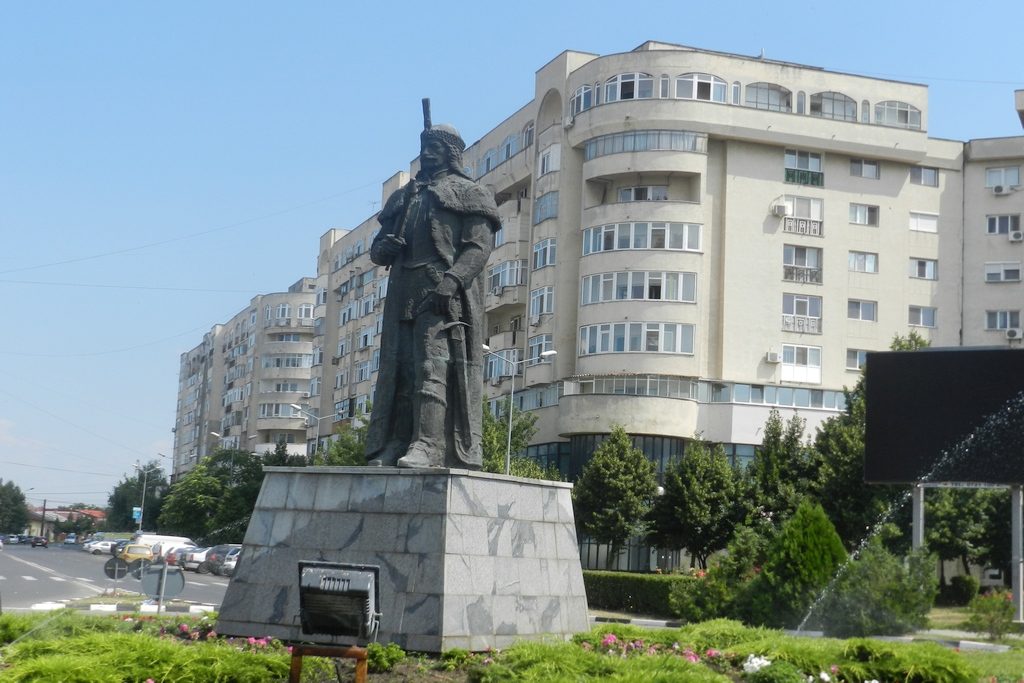

It was built in 1976 in the memory of Vlad Țepes.
Vlad Țepes was born in Sighisoara Fortress in the Transylvanian Principality as the son of Vlad Dracul and a Transylvanian noble woman.
He was married three times: first with a Transylvanian noble woman – Cneajna Bathory, then with Jusztina Szilagyi and then with Ilona Nelipic, Matei Corvin‘s cosin.
He had five children, four boys and one girl: Radu and Vlad from his first marriage, Mihail and Mihnea cel Rău from the second one and Zaleska from the third.
During his reign, Wallachia has temporarily obtained its independence towards the Ottoman Empire.
In 1453, the remains of the Byzantine Empire are conquered by the Ottomans, who obtained thus the control over the Constantinopole (now Istanbul) and were threatening the Europe.
The Ottoman Empire get to master much of the Balkans (current territories of Serbia, partially Hungary , partially Romania, Bulgaria, Albania and Greece), their expansion to the West stopped at the gates of Vienna, whose siege failed.
In this historical context, Vlad Tepes fought to defend his kingdom and his country, using methods of deterrence against the enemy which included exemplary and deterrent executions and torture.
Soon he became famous because of his brutal methods of punishment. According to the Saxons detractors of Transylvania, the convicted were often ordered to be skinned, boiled, decapitated, blinded, strangled, hanged, burned, roasted, chopped, nailed, buried alive etc. Also, the convicted were cut nose, ears, genitals and tongue. But the favorite ordeal was impale, from where the nickname Tepes came, the one who impale. This form of execution was used in the years of 1457, 1459 and 1460 against Transylvanian merchants who failed to comply with his trade laws. The incursions which he did against the Transylvanian Saxons were both acts of protectionism intended to promote commercial activities in Romanian Country. In addition, at that time it was customary for the pretenders to the throne of Romanian Country to find support in Transylvania, where they were waiting for the right time to act.
He was assassinated in late December 1476. His body was decapitated and his head sent to the Sultan, which had placed it in a stake as proof of the triumph against Vlad Tepes. The hypothesis according to which „Draculea“ was buried in Snagov Monastery on an island near Bucharest is false. The recent examinations have shown that the Impaler’s “grave” from the monastery contains only a few horse bones dated back in Neolithic and not the real remains of the Wallachia prince. In the opinion of renowned historian Constantin Rezachevici, his grave would be in the site of Comana Monastery the prince’s foundation.
